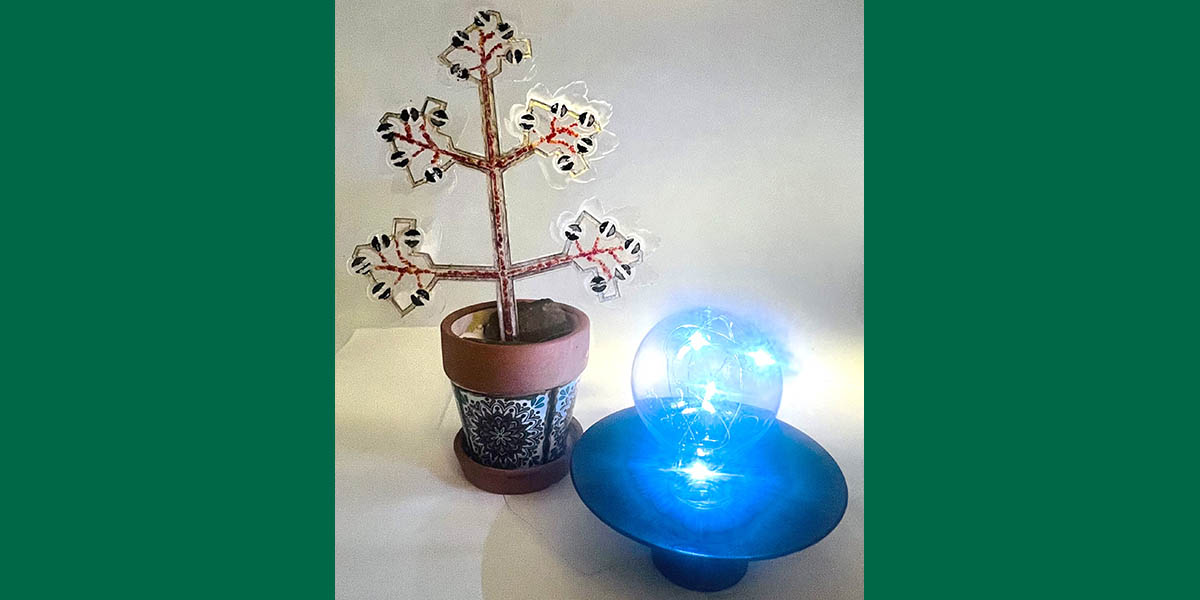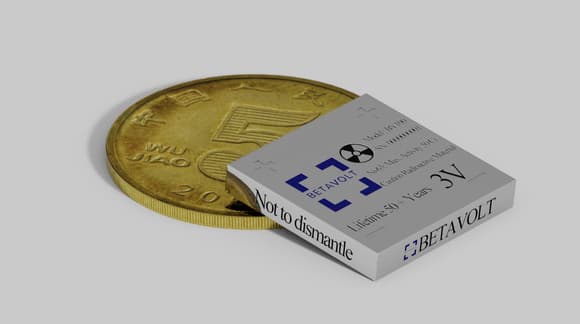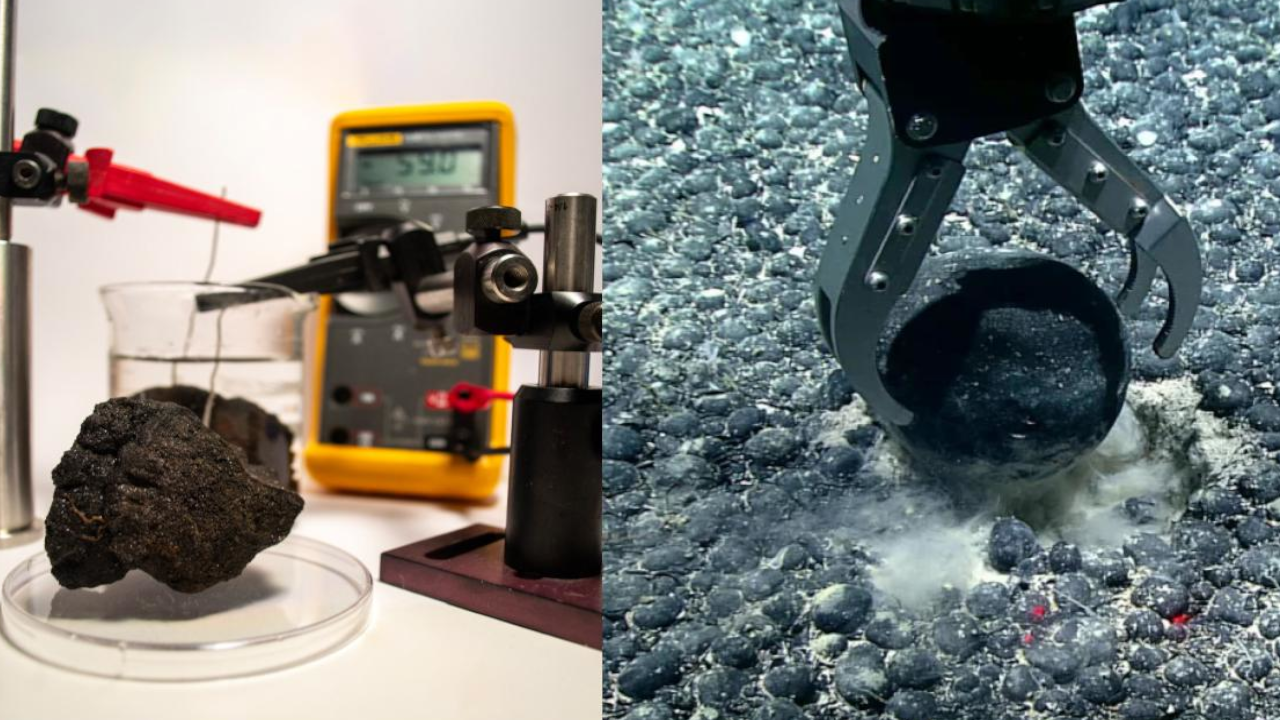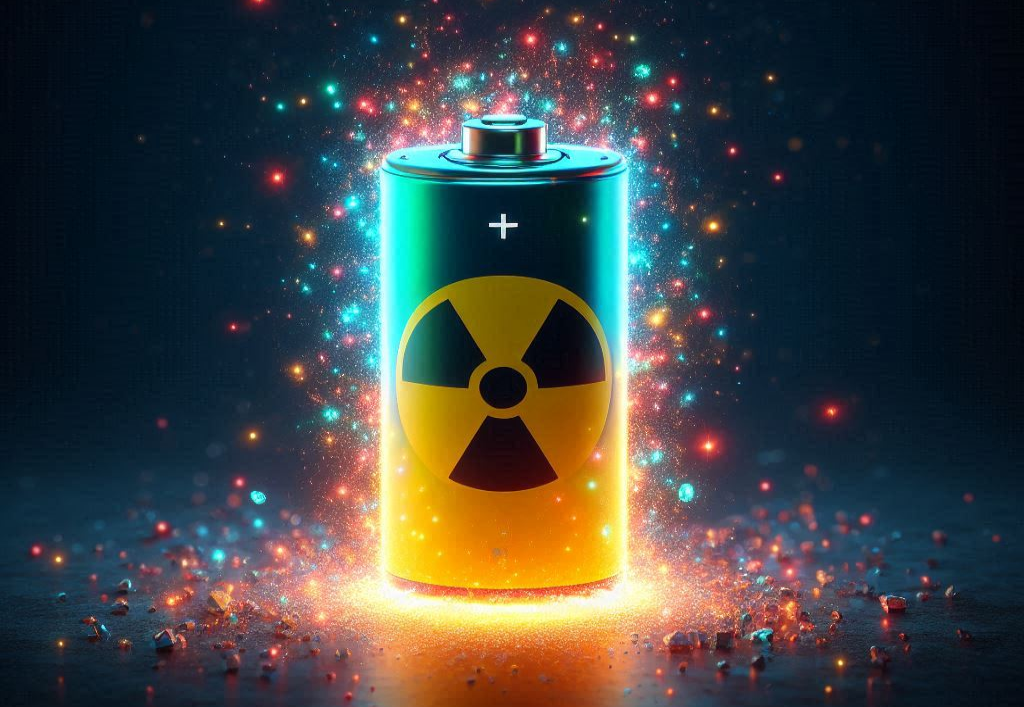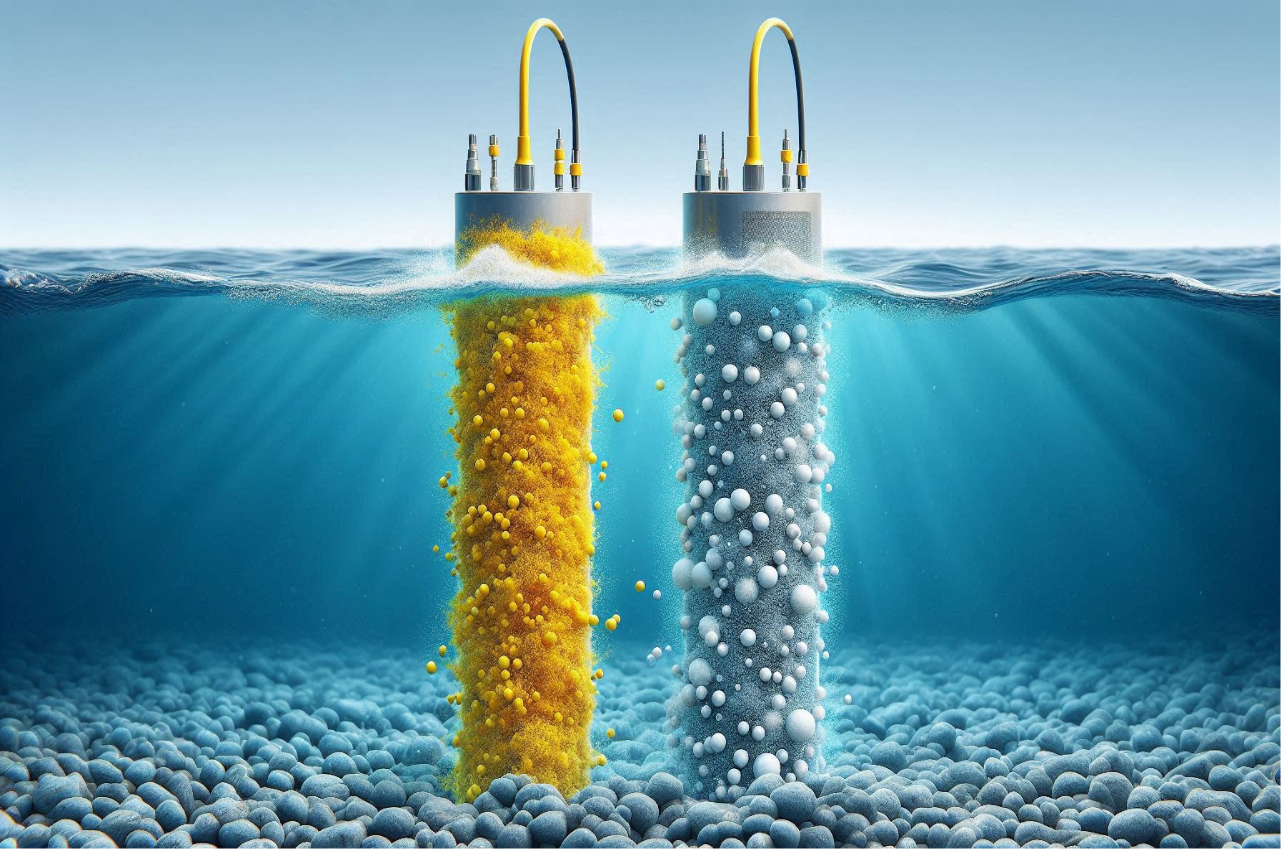Since 1990, scientists have observed the growth of over 200 species of fungi on the walls of the Chernobyl nuclear reactor and its surrounding areas, including Cladosporium sphaerospermum and Cryptococcus neoformans. Despite the fact that nuclear radiation poses a severe threat to most living organisms, meticulous studies have revealed that these fungi possess an extraordinary ability to absorb radiation and transform it into energy.
This phenomenon, known as radiosynthesis, is a unique biological process performed by certain fungi referred to as radiotrophic fungi. These organisms are distinguished by their capacity to convert ionizing radiation, such as gamma rays, into usable energy. This process represents a remarkable biological adaptation, enabling these fungi to survive and even thrive in extremely harsh conditions.
These fungi contain high concentrations of melanin, which gives them a black or dark appearance — the same pigment responsible for coloring human skin and shielding it from ultraviolet rays. The process begins when melanin absorbs ionizing radiation, converting it into energy through complex chemical reactions, possibly by facilitating electron movement within the cells. Research has shown that these fungi grow at an accelerated rate when exposed to elevated radiation levels, suggesting they harness radiation as a supplementary energy source. However, the precise mechanism behind this process remains the subject of ongoing scientific investigation.
In principle, radiosynthesis bears similarities to photosynthesis, where plants use chlorophyll to capture sunlight and convert it into chemical energy by producing glucose. In contrast, with radiosynthesis, there is no evidence that fungi transform radiation into direct nutrients. Instead, the resulting energy appears to enhance and accelerate their biological processes, thereby boosting their growth.
Radiosynthesis holds numerous potential benefits. These fungi could be utilized in bioremediation efforts at contaminated nuclear sites, absorbing radiation and mitigating its dangers. Furthermore, they might serve as biological shields in space, protecting astronauts from cosmic radiation, thus opening new avenues for practical applications.


